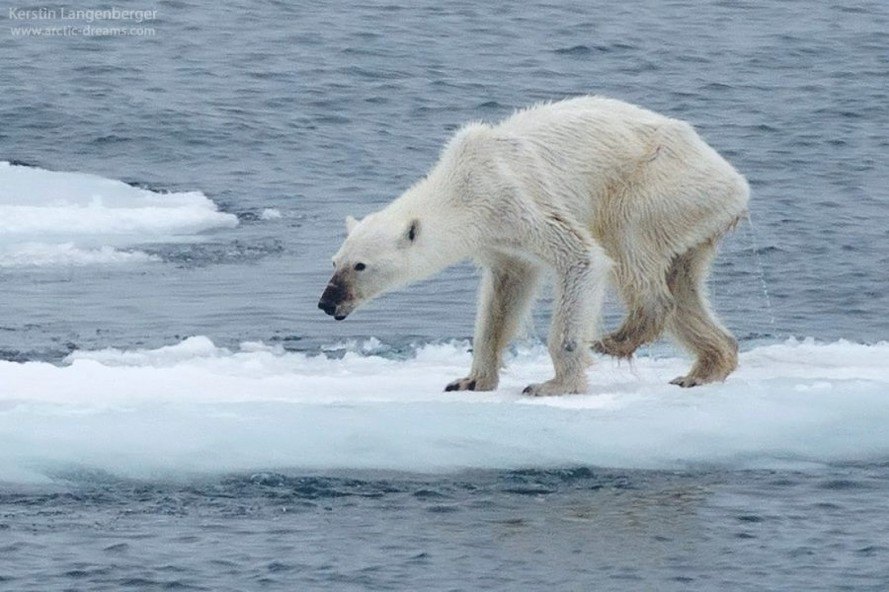Warning wildlife of global warming
Global warming plays a big role on wildlife
Our atmosphere is full of air pollutants and greenhouse gases. These pollutants get collected in the atmosphere and absorbed by sunlight and the solar radiation that has bounced off the earth’s surface. This then causes the planet to get warmer and trap heat, which can disrupt wildlife’s habitat and life.
Global warming can be a controversial topic, but it is a growing issue as there are more gases being released into the air. The gases can last for years to centuries in the atmosphere. Gases like carbon dioxide, water vapor, methane and nitrous oxide are some of the gases that are hovering over the planet. Water vapor responds physically and chemically to changes in temperature. Also, the burning of fossil fuels like coal and oil are contributing to and increasing the concentration of atmospheric carbon dioxide.
“The science is very clear when it comes to global warming, and often it’s pointing at humans as the major cause. It is much more important to look at the data on a larger scale and not from one specific day or year. The data shows an upward temperature trend over the last 20th century, due to an increase in fossil fuel emissions,” Biology teacher Linnea Homa said.
The most common reasons that animals’ lives change is a shift in temperature or water availability. Studies show that eight percent of some 1,500 species are showing signs of stress caused by climate change. Wildlife affected by these changing conditions sometimes move into new spaces and continue their lives there. Many scientists believe that global warming is causing a shift in timing of various natural cyclical events in the lives of animals, which is called phenology.
“These extreme weather events that we are experiencing are more side effects from our climate being in transition. These events are then producing drastic effects on the wildlife in our areas, specifically by disrupting their habitats. Animals have spent millions of years adapting to their current ecosystems, and events such as changes in temperature or lack of water and shelter are disrupting their surroundings and they are not easily able to find to new ways to adapt,” Homa said.
Many birds have altered their migratory and reproductive routines to sync up with a warmer climate. Animals who hibernate are ending their hibernations earlier each year due to the warmer spring temperatures.
“I think [global warming] can change an animal’s behavior or trigger their behavior like staying in hibernation longer or prolonging migration. Some plants can slow down crop production too,” sophomore Ella Walden said.
Animals who are hit the hardest during these times are caribou, polar bears, salmon, arctic foxes, red foxes and penguins. Other animals that are already being affected by climate changes are snowshoe hares, moose, sea turtles and puffins.
Marmots have been ending their hibernations three weeks earlier compared to 30 years ago. Additionally, polar bears today are thinner and not as healthy as those 20 years ago. Many fish species are moving northward to find colder waters.
Not only are animals affected by global warming, but plants and vegetation are also largely affected by this. The conditions are also changing which leads the vegetation community to shift. The cities and roads are becoming obstacles and preventing plants and animals from moving into the areas. Also, warmer waters are causing coral bleaching, which is when the coral is completely white and subject to mortality because they are under more stress. By 2050, live corals could become rare in tropical and subtropical reefs due to the combined effects of warmer waters and increased ocean acidity.
Other effects of global warming that have been happening recently are rising sea levels, catastrophic wildfires and water shortages. To a lesser extent, human activities are changing the natural greenhouse gases. The clearing of land for agriculture use, industry and other human activities have increased concentrations of greenhouse gases.
If the earth continues to get warmer, up to one-fourth of all plants and animals could become extinct within 100 years. This means if global warming continues the way it is, more species will join the list of wildlife that is extinct.



